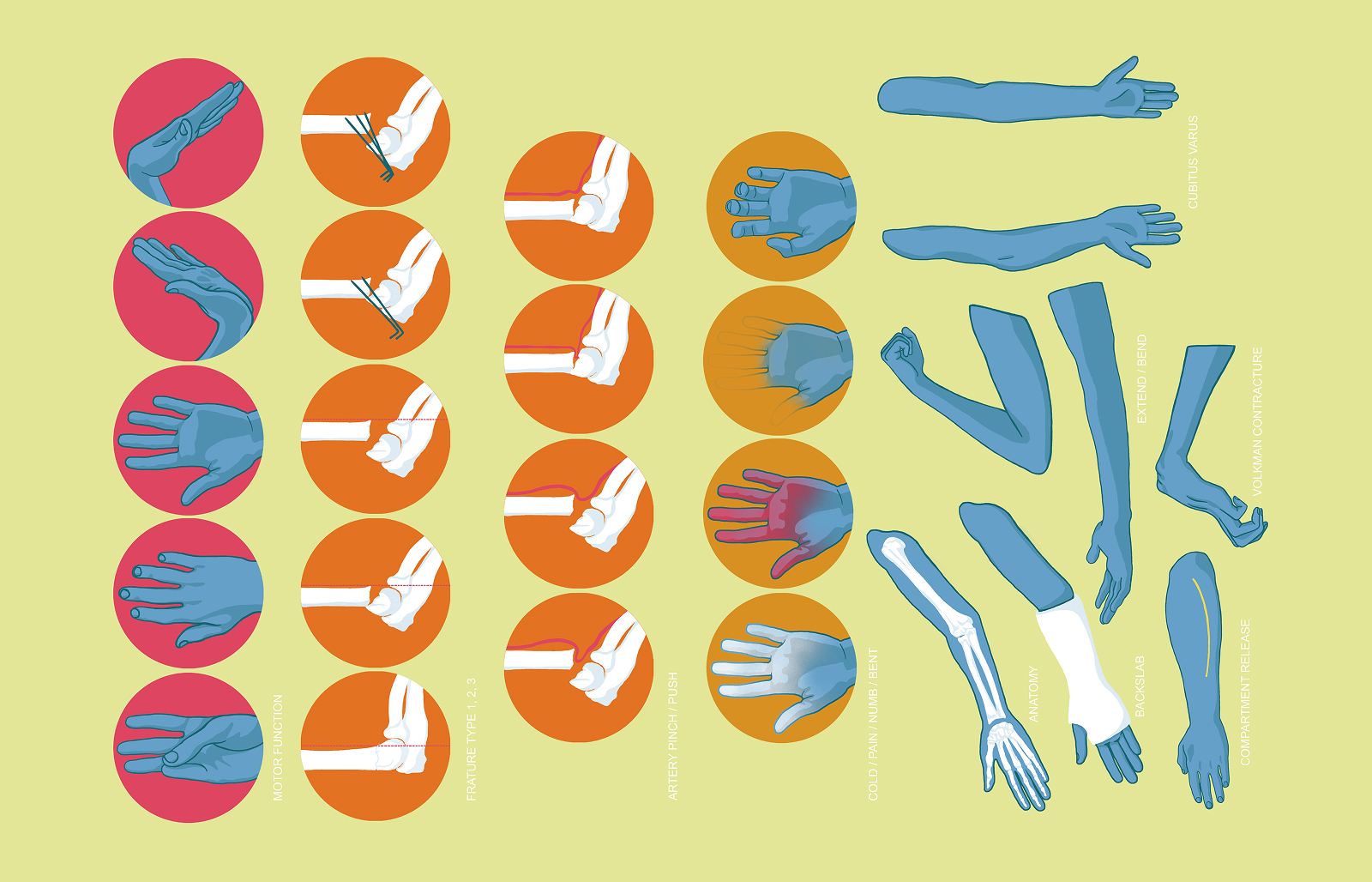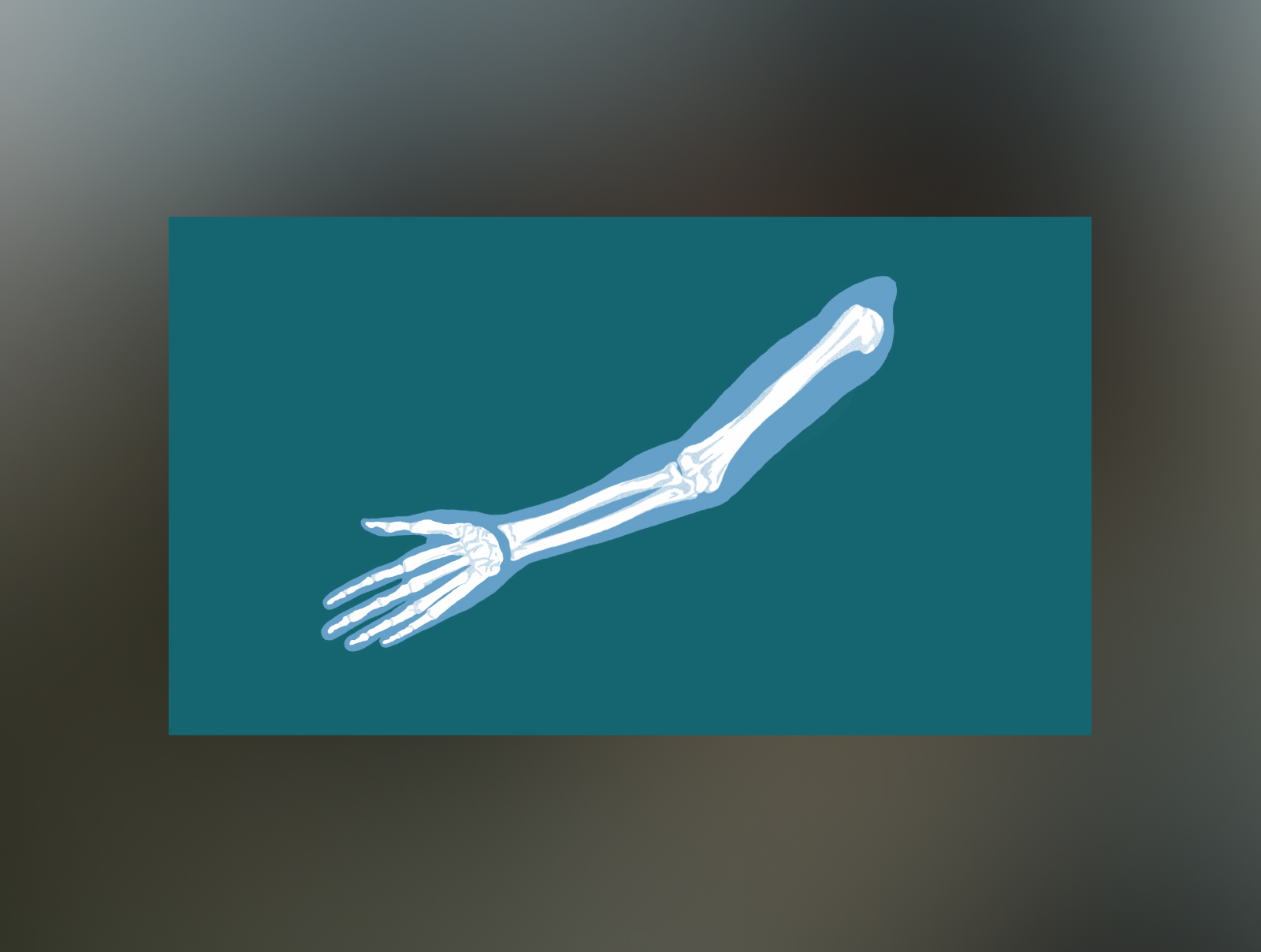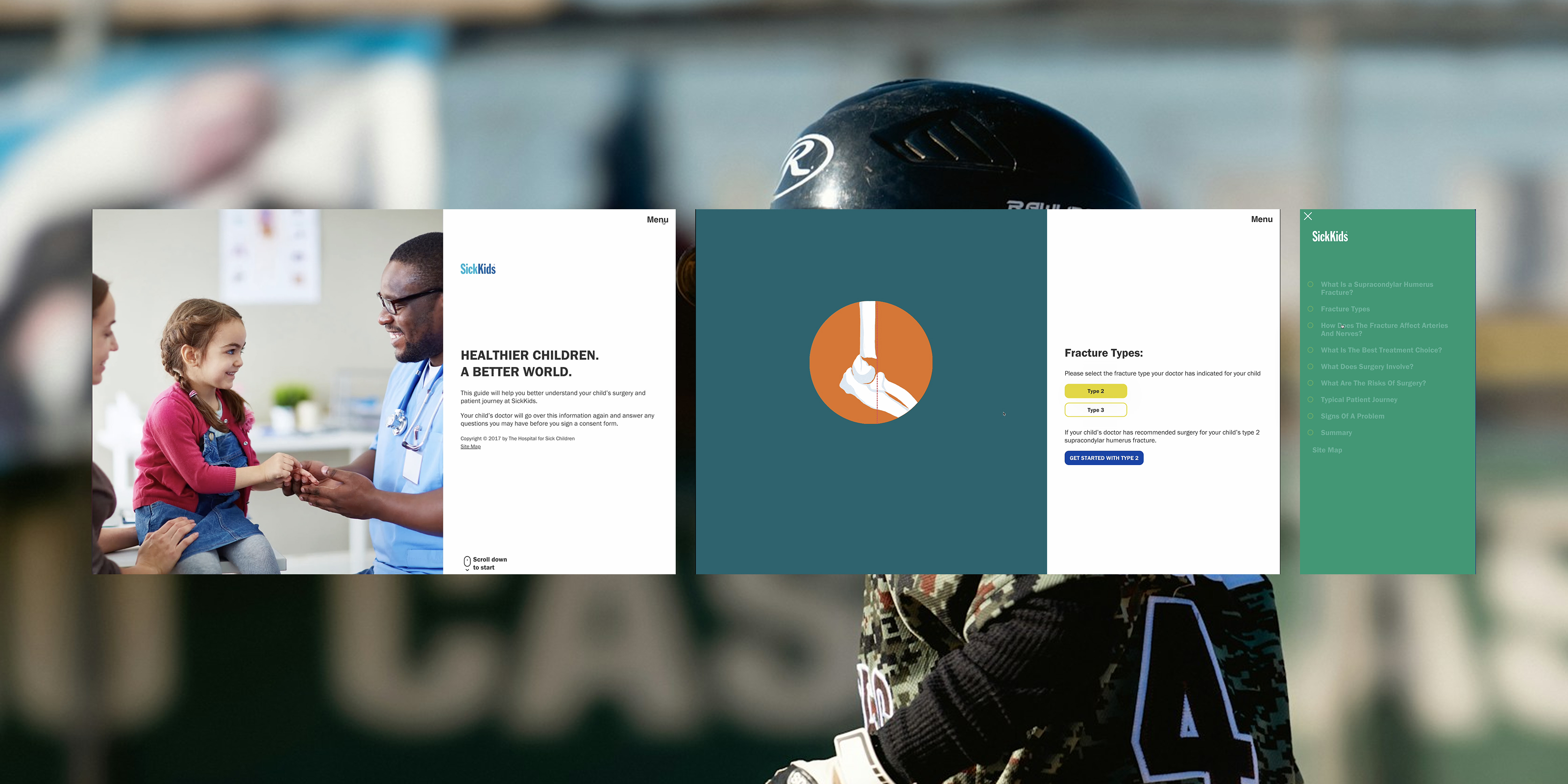

The Hospital for Sick Children (SickKids) Department of Orthopaedic Surgery faced a recurring summer challenge: a spike in sports-related fractures among children—specifically supracondylar fractures, a type of elbow break that can cause permanent nerve damage if untreated.
Each case required a delicate operation and, before surgery, an extensive informed consent process between the surgeon, the child's family, the care team, and the patients themselves. Traditionally, this meant a one-hour, paper-based walkthrough of complex anatomical diagrams and medical terminology. It was time-consuming, inconsistent, and stressful during peak surgical periods, making it difficult to address user needs and fully understand the user perspective in the consent process.
Tennis partnered with SickKids to design and build a digital consent platform—a progressive web app that streamlined the conversation, simplified explanations through visuals and data, and empowered families to make informed decisions faster.
The Hospital for Sick Children (SickKids) is Canada's leading paediatric research hospital, known globally for its expertise in children's health, surgical innovation, and medical education. SickKids is actively involved in research studies that inform and enhance their clinical practice, ensuring the highest standards of care.
Within SickKids, the Department of Orthopaedic Surgery treats complex musculoskeletal injuries and operates at the intersection of clinical precision and compassionate care, serving diverse user groups including patients, families, and healthcare professionals.
During summer months, orthopaedic surgeons face overwhelming caseloads of supracondylar fractures—each requiring detailed family consultation and surgical consent. Families and clinicians often have concerns about the manual process, including worries about understanding, regulatory compliance, and ensuring everyone is fully informed.
The manual process—printed diagrams, dense medical text, and verbal explanations—created significant bottlenecks. Both families and surgeons faced time constraints and time pressure during peak periods. Families struggled to grasp technical language, and surgeons spent hours repeating the same explanations daily.
The challenge: Could digital design make this conversation faster, clearer, and more empathetic—without compromising rigour or trust, while also improving task completion for families and making the task of consent more manageable?


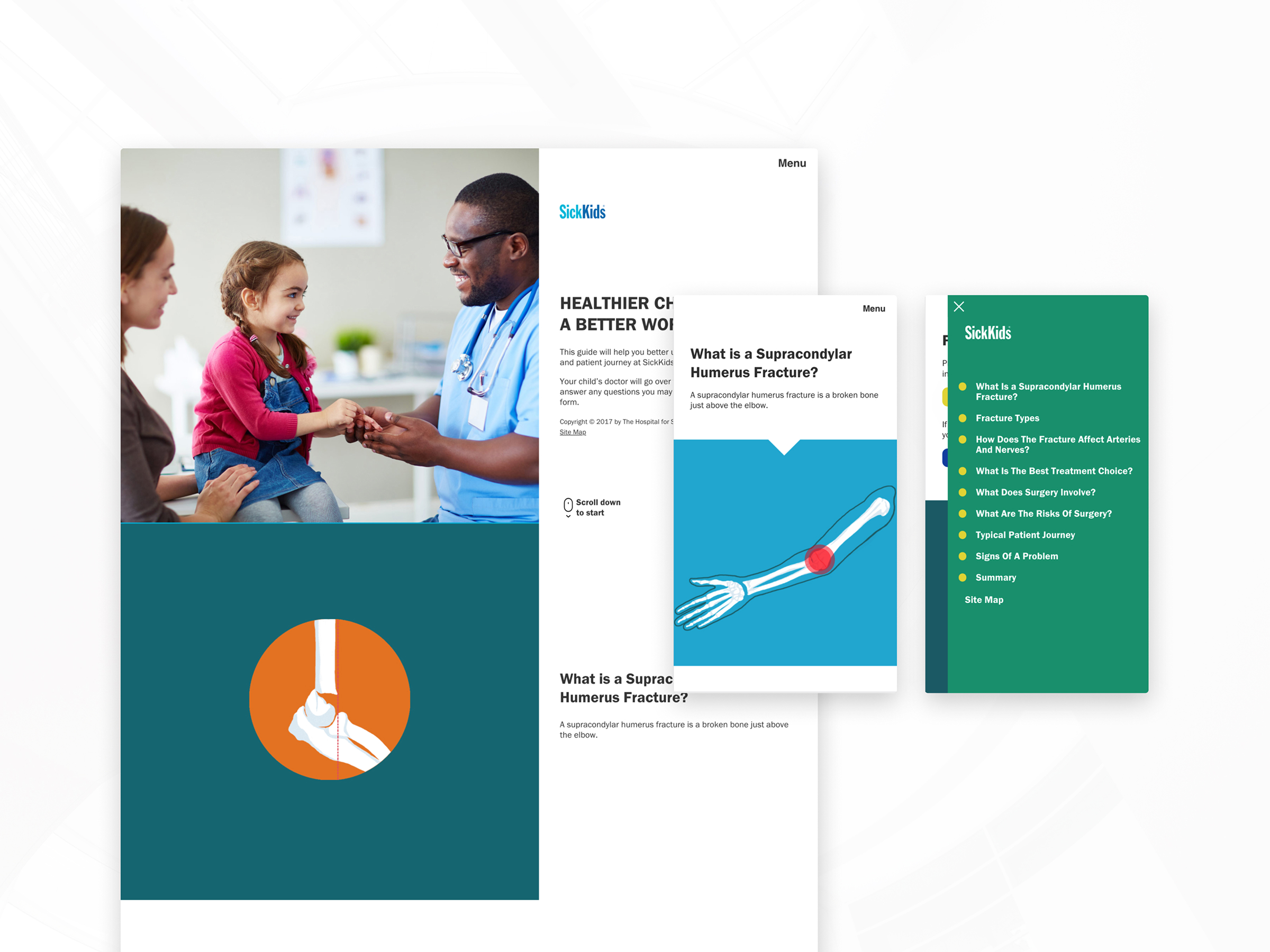
SickKids Department of Orthopaedic Surgery leadership saw an opportunity to use design and technology to solve an operational problem that had persisted for decades. The importance of ux design and a robust design process was recognized as essential to effectively address this challenge and ensure the solution met user needs.
By transforming the consent process into a digital storytelling experience, the team could standardize information delivery, reduce administrative strain, and improve comprehension for non-medical audiences. This transformation was informed by user research and the application of appropriate research methods to gather data and validate design decisions. Researching the unique needs and challenges of target user groups, such as children and their families, is crucial to ensure the digital consent platform is accessible and effective for all users.
This was not a marketing website—it was a clinical-grade, educational product for families in moments of high stress. Tennis applied its full strategic process: UX research, conduct user research, content design, data visualization, and engineering, with active involvement from ux professionals to gather valuable insights and guide the project. The team planned new feature development and integrated these features into the development process with a clear plan for implementation, ensuring alignment with hospital IT requirements and user needs.
We envisioned a platform that could replace the dense, static paper consent process with an interactive, illustrated narrative. A key feature of this narrative is the ability for users to explore information at their own pace, enhancing engagement and understanding.
Families would walk through a step-by-step visual journey: what a supracondylar fracture is, what happens during surgery, what risks exist, and why timely intervention matters.
Each screen balanced medical accuracy with clarity, using custom illustrations by artist Sean Lewis and clear, readable data visualizations. Built as a progressive web application (PWA) using Python, Django, and vanilla JavaScript, the platform was designed to support a variety of device types, including hospital tablets and desktop computers, and to integrate seamlessly with the hospital's system architecture. The team conducted usability testing and multiple test sessions with real users to validate the platform's effectiveness and ensure the system met both safety and usability standards. The result is a lightweight, responsive, and fully offline-capable solution for secure intranet environments.

UX research, user research and workflow mapping, including ethnographic research, contextual inquiry, and observational studies to understand clinical workflows and user behavior. The following services and tasks were delivered:
These research methods help improve clinical service delivery and ensure access for all user groups.
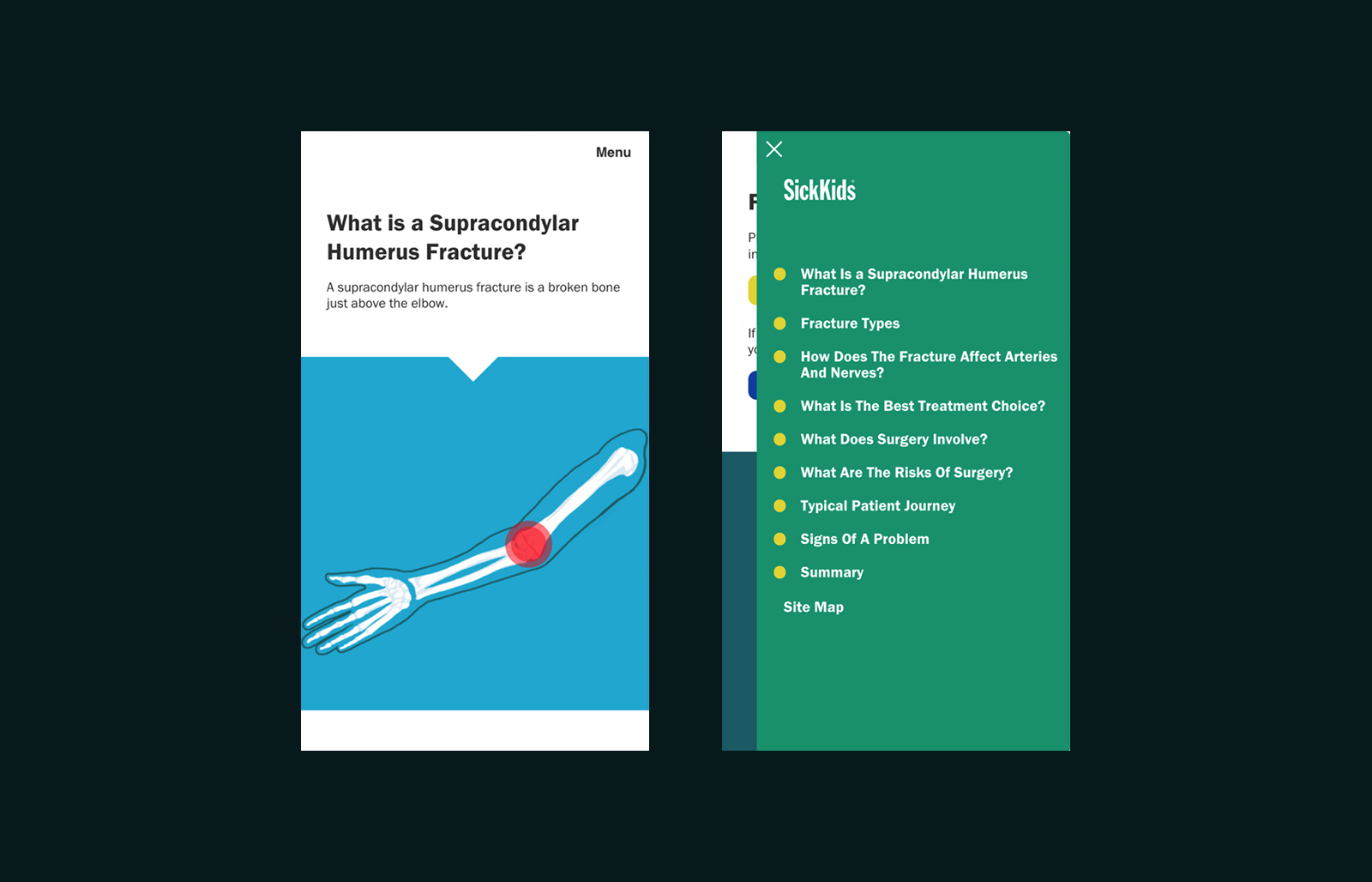
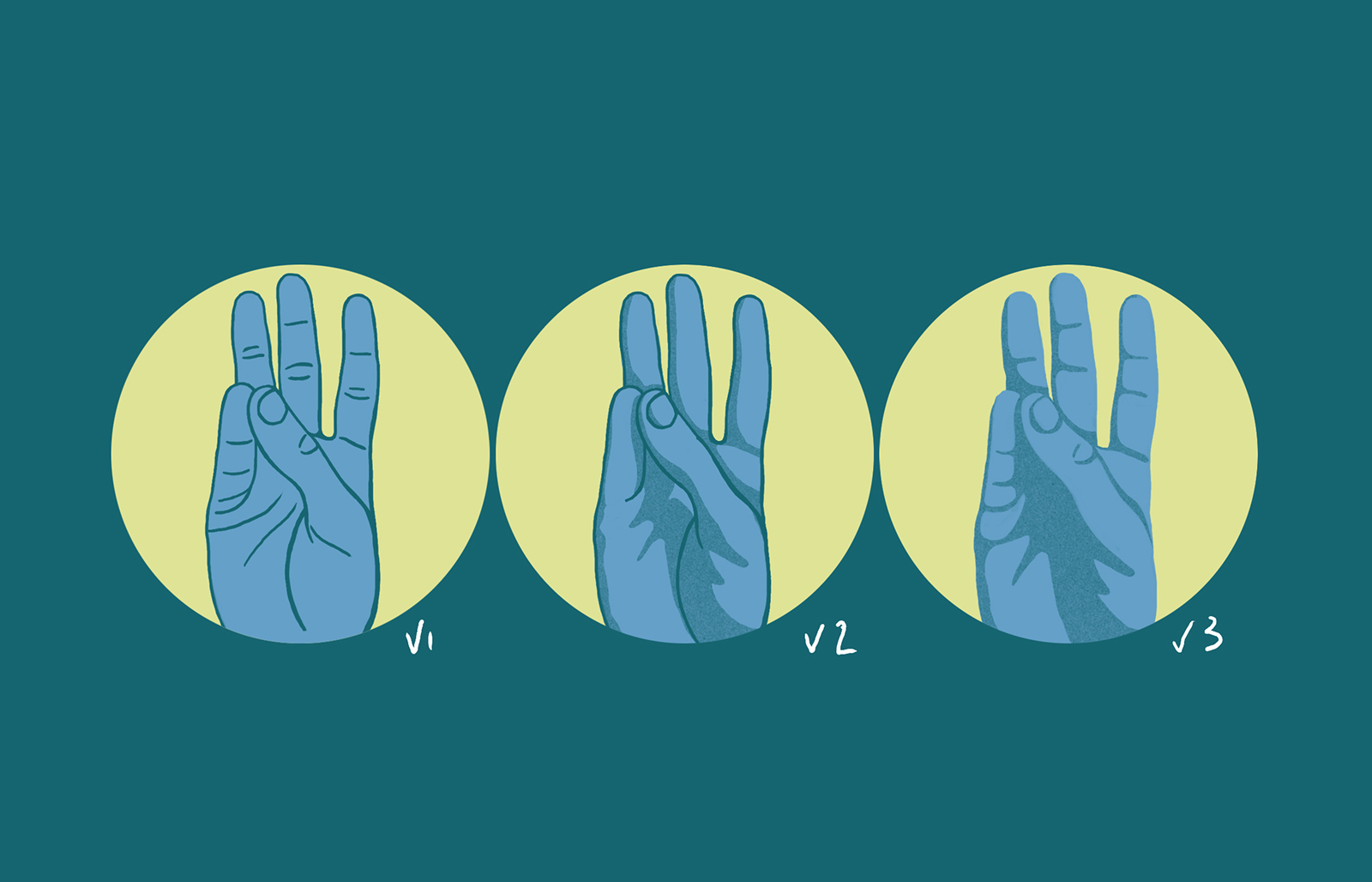
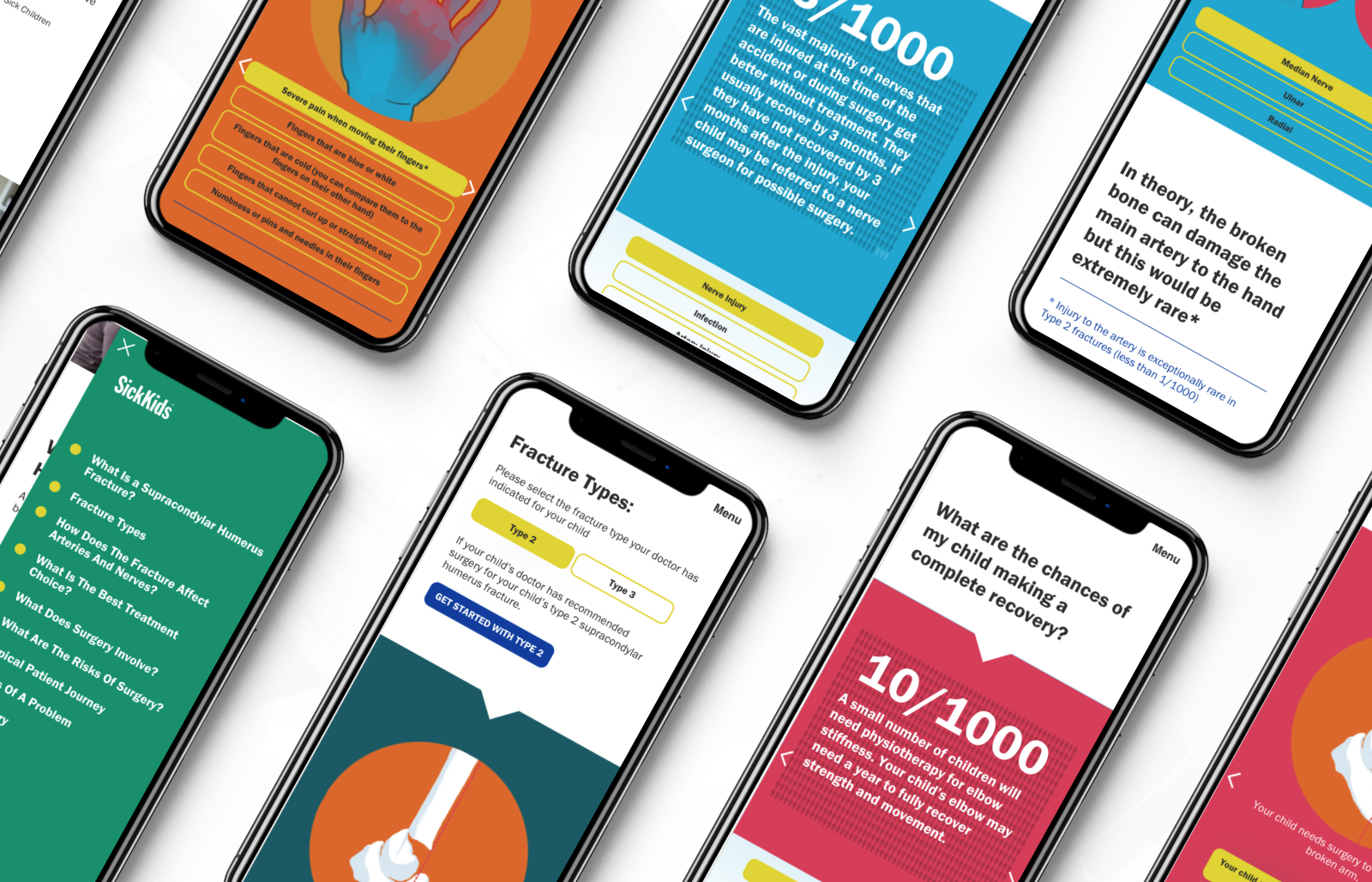
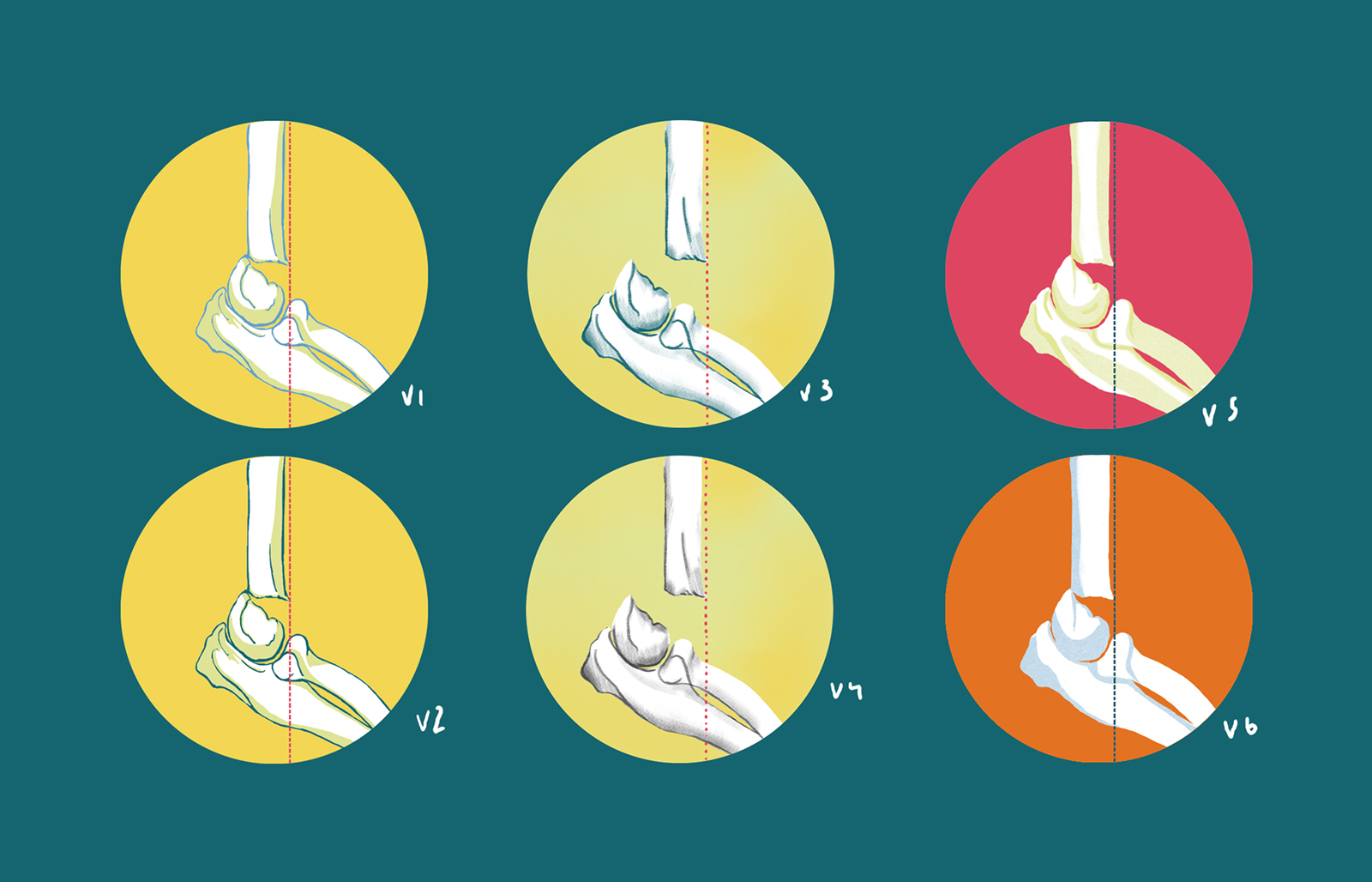
Tennis was absolutely fantastic. The final product is amazing—professional, crisp, smooth, and exactly what I envisioned. It ticks all the boxes and I felt my investment was well spent. I had a vision for this, and Tennis met that vision perfectly. It’s exactly what I wanted.
The pilot was an opportunity for user testing, which demonstrated measurable success:
The project received positive recognition during the user testing program. While healthcare adoption cycles remain slow, the initiative set a precedent for how design and technology can meaningfully improve care delivery in high-stakes environments.
